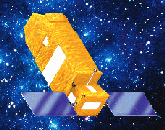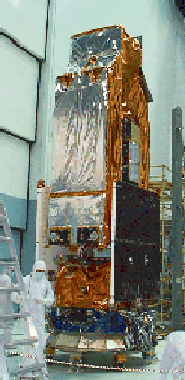

Report #7 The FUSE satellite has been undergoing extensive testing in the thermal-vacuum chamber at Goddard for several weeks now. As part of this, an optical end-to-end test was started on November 28 and ran through December 4. The purpose of the test was to exercise techniques for aligning and focusing the instrument on-orbit, and to see how the full instrument responds to a UV light source. The light source consists of a rigidly mounted set of four cassegrain collimators with Pt-Ne emission line lamps and LiF windows as sources. Each collimator illuminates one channel of the FUSE instrument. The lamps can be moved independently to adjust the collimator beam direction and focus. A variety of apertures at the face of each lamp provides simulated "stars" for FUSE to view. The co-alignment and focus procedures worked very well. They are straightforward to execute and the interpretation is clean. Although various equipment and schedule constraints kept us from executing as fine a focus as we would have liked, the data indicate spectral resolution about what we expected. The telescope image size is harder to interpret because we don't have an independent measure of the collimator imaging quality at FUV wavelengths. So while the error bars are fairly large, the telescope mirrors appear to be performing at close to their specified quality. One important problem was discovered during these tests. The structure was found to distort more than predicted as its temperature changes. This is thought to be due to four support bars running the length of the spectrograph which warp the grating bench as they expand or contract differentially with temperature, causing the spectrograph focus to change as well as moving the spectra on the detector by unacceptably large amounts. Fortunately, the fix is relatively easy to implement. The bars can be decoupled from the grating bench without compromising the integrity of the structure. This should eliminate the warping and the resulting focus and spectral location changes. Once some new parts are fabricated, the modification will take less than a day to complete. This will be followed by another optical end-to-end test in early January to verify that the problem has been solved.
Reported by: Scott Friedman
Photo: FUSE at NASA/GSFC.
|

